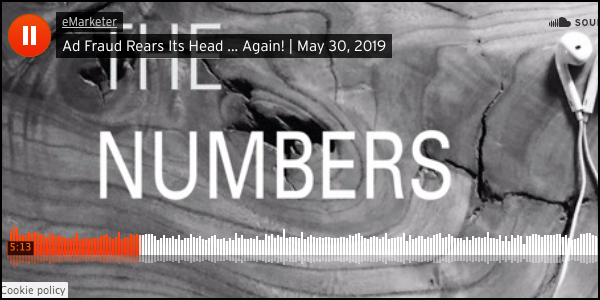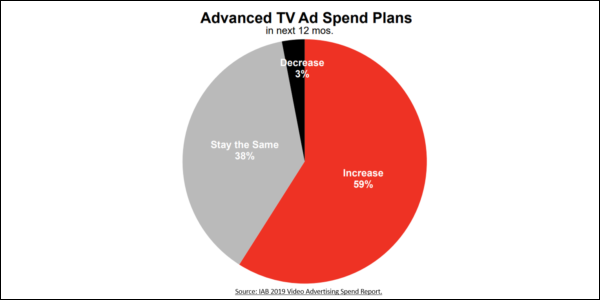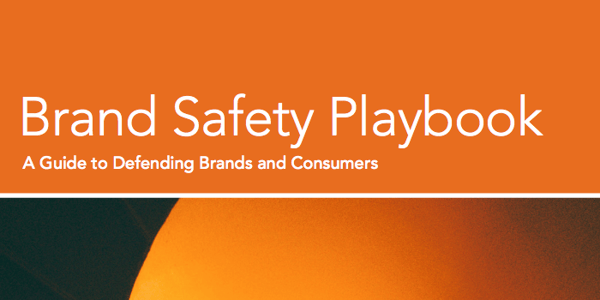
This week's review of ad fraud and quality in the digital advertising space.

"eMarketer principal analyst Nicole Perrin analyzes a new study on ad fraud that contradicts other data on this topic and suggests the problem may be bigger than previously estimated," wrote eMarketer to promote its newest podcast: Ad Fraud Rears Its Head ... Again!

Members from the IAB's Advanced TV Working Group this week released "'Advanced TV Matrix: A Market Snapshot' — a reference guide with the aim of organizing and simplifying the Advanced TV Landscape. This market snapshot can be used by media professionals of all kinds—planners, buyers (both TV and Digital), brands, or anyone in the video space—to sort out the confusion surrounding the new realm of TV offerings and how they compare to each other," the IAB wrote in a blog announcing the report.
A Washington Post iPhone "privacy experiment showed 5,400 hidden app trackers guzzl[ing] data — in a single week."
"And your iPhone doesn’t only feed data trackers while you sleep. In a single week, I encountered over 5,400 trackers, mostly in apps, not including the incessant Yelp traffic," wrote the Washington Post. According to privacy firm Disconnect, which helped test my iPhone, those unwanted trackers would have spewed out 1.5 gigabytes of data over the span of a month. That’s half of an entire basic wireless service plan from AT&T."

"The American Association of Advertising Agencies (4A’s) is introducing a Brand Safety Playbook to educate agencies and their clients on how to best navigate the nuances of brand safety," reported Adweek. "The Brand Safety Playbook provides guidelines across fraud, malware and content adjacency from planning to evaluation, outlining steps that agencies and advertisers can take to manage brand safety risks," the article reads.
*By entering your email address and clicking Subscribe, you are agreeing to our Terms of Use and Privacy Policy.
These Stories on Weekly Recaps
*By entering your email address and clicking Subscribe, you are agreeing to our Terms of Use and Privacy Policy.

Disclaimer: The content of this page reflects Pixalate’s opinions with respect to the factors that Pixalate believes can be useful to the digital media industry. Any proprietary data shared is grounded in Pixalate’s proprietary technology and analytics, which Pixalate is continuously evaluating and updating. Any references to outside sources should not be construed as endorsements. Pixalate’s opinions are just that - opinion, not facts or guarantees.
Per the MRC, “'Fraud' is not intended to represent fraud as defined in various laws, statutes and ordinances or as conventionally used in U.S. Court or other legal proceedings, but rather a custom definition strictly for advertising measurement purposes. Also per the MRC, “‘Invalid Traffic’ is defined generally as traffic that does not meet certain ad serving quality or completeness criteria, or otherwise does not represent legitimate ad traffic that should be included in measurement counts. Among the reasons why ad traffic may be deemed invalid is it is a result of non-human traffic (spiders, bots, etc.), or activity designed to produce fraudulent traffic.”

